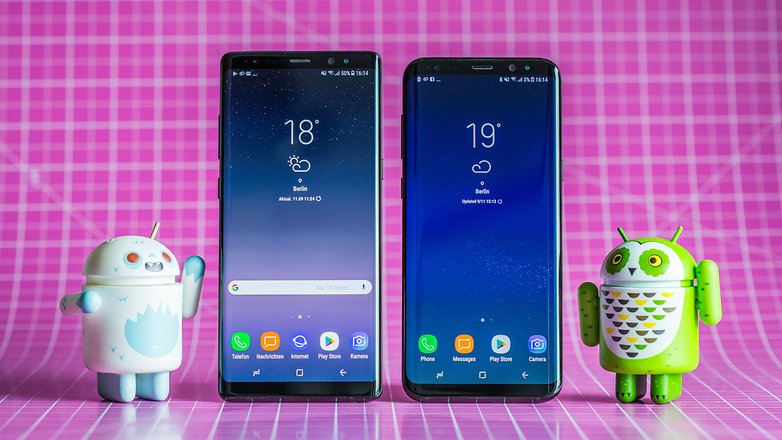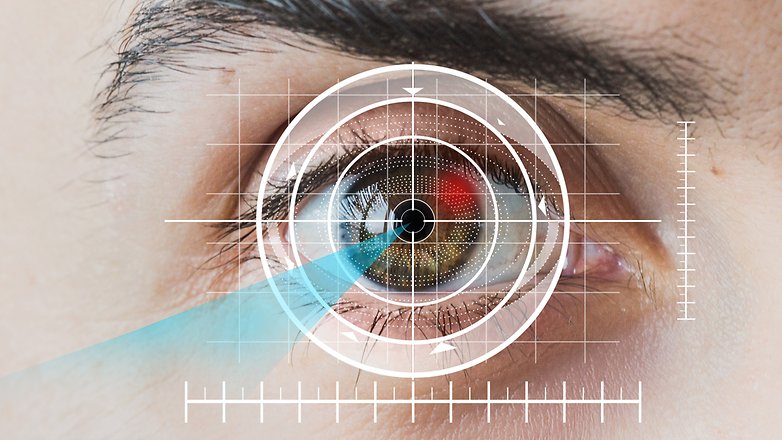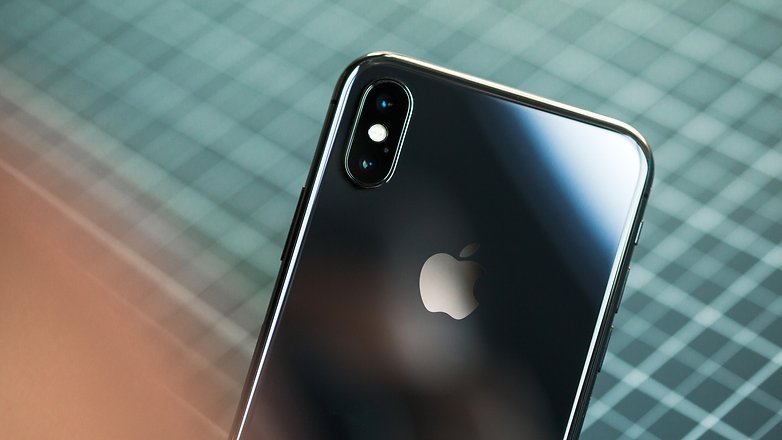The most significant tech trends to remember from 2017
Screens have a new format
In October 2016, Xiaomi presented the Mi Mix, a smartphone with a huge screen. This device inspired many manufacturers to opt for the same screen system in 2017: a huge display for a medium sized device, making it as bezel-less as possible. LG hence presented its G6 (and later its Q6 and V30) at the MWC. Samsung also began by introducing its Galaxy S8 and S8+, followed more recently by the Note 8. Unlike LG smartphones, Samsung smartphones have an 18.5:9 format, not 18:9.
Of course, other manufacturers followed the trend. Huawei offered its Mate 10 Pro, OnePlus its OnePlus 5T, and Apple its iPhone X. It's interesting to note that this feature, which is associated with high-end smartphones, is slowly settling in on the lower range smartphones. Wiko has demonstrated this with its Wiko View, and it's very likely that Samsung's future A range will also adopt an 18.5:9 screen.

Android versions are becoming increasingly fragmented
This is not a new problem. Google releases a new version each year, but unless you buy a new device or have an update (which most of the time only happens on high-end smartphones), you're unlikely to have the latest version of the operating system. At the moment this article is written, only 0.5% of users use Android Oreo, and the two versions of Nougat (7.0 and 7.1), combined don't even make up a quarter of users.
The user experience can differ greatly from one Android version to the other.
What do you think?
Google has decided to act by proposing Android Go. This theoretically allows a fast update of old and/or low power smartphones (1 GB RAM) to the latest version of Android. This initiative is commendable, but unfortunately there's another variable in the equation: the will of the manufacturers. Although Android Go vastly simplifies things, their team still has to work on implementing the update given that most manufacturers tinker with the interface, which therefore requires manual improvements.
Facial recognition is gearing up to be popularized
The facial recognition system isn't fully developed yet. The Galaxy Note 7 offered one (with no luck), and the top-of-the-range Samsung devices that followed did too, but they weren't very convincing. OnePlus also uses a facial recognition system, but it's ultimately Apple that has made it the talking point with its Face ID, which is currently the most successful technology.
Since it offers a new unlocking system, Apple has decided to abandon the fingerprint reader and its long-time companion: the Home button. Since the high-tech world is populated by companies copying each other, it's very likely that some manufacturers will follow in Apple's footsteps and also abandon the fingerprint reader during the course of next year.
That being said, Apple's abandonment of the jack plug wasn't followed by other manufacturers, so there is a good chance that this will play out the same.

Intelligent assistants pave their way into the market, one way or another
Google's artificially intelligent Assistant made its way to Android by appearing on all smartphones with a recent version of software and minimal configuration, and later on appeared on the connected Google Home, Google Home Mini and Google Home Max speakers.
Google was not the only one offering an assistant. Amazon also did it with Alexa on its Echo range, Samsung tried its luck on the smartphone with Bixby, HTC offered Sense Companion, which was far from perfect.

All in all, Google Assistant stands out on smartphones and is the strongest contender in the fight with other voice assistants, especially between Google and Amazon. In short, artificial intelligence has a future.
Flagship prices are only increasing
This one was hard to miss: prices are skyrocketing. Of course, the gold medal for expensiveness goes to Apple, which offers a smartphone for $999. Of course, the magnanimus manufacturer justifies it in several ways: the large bezel-less screen, Face ID, the combination of hardware and software, etc. The argument "technology has its price" is an old one, and occludes the huge margins of profit that big manufacturers make for themselves.

The case is similar with other manufacturers. Samsung also passed the 900 dollar mark with its Note 8 (to say that some people were hoping for a reduced price after the Note 7 fiasco!), and Huawei has increased the price of the Huawei Mate 10 Pro compared to the Mate 9. They're all experimenting with charging a little more to see if it works, and apparently it does.
What tech developments were the most memorable for you this year?
Labels: Feed, Android, Web, Feedly,